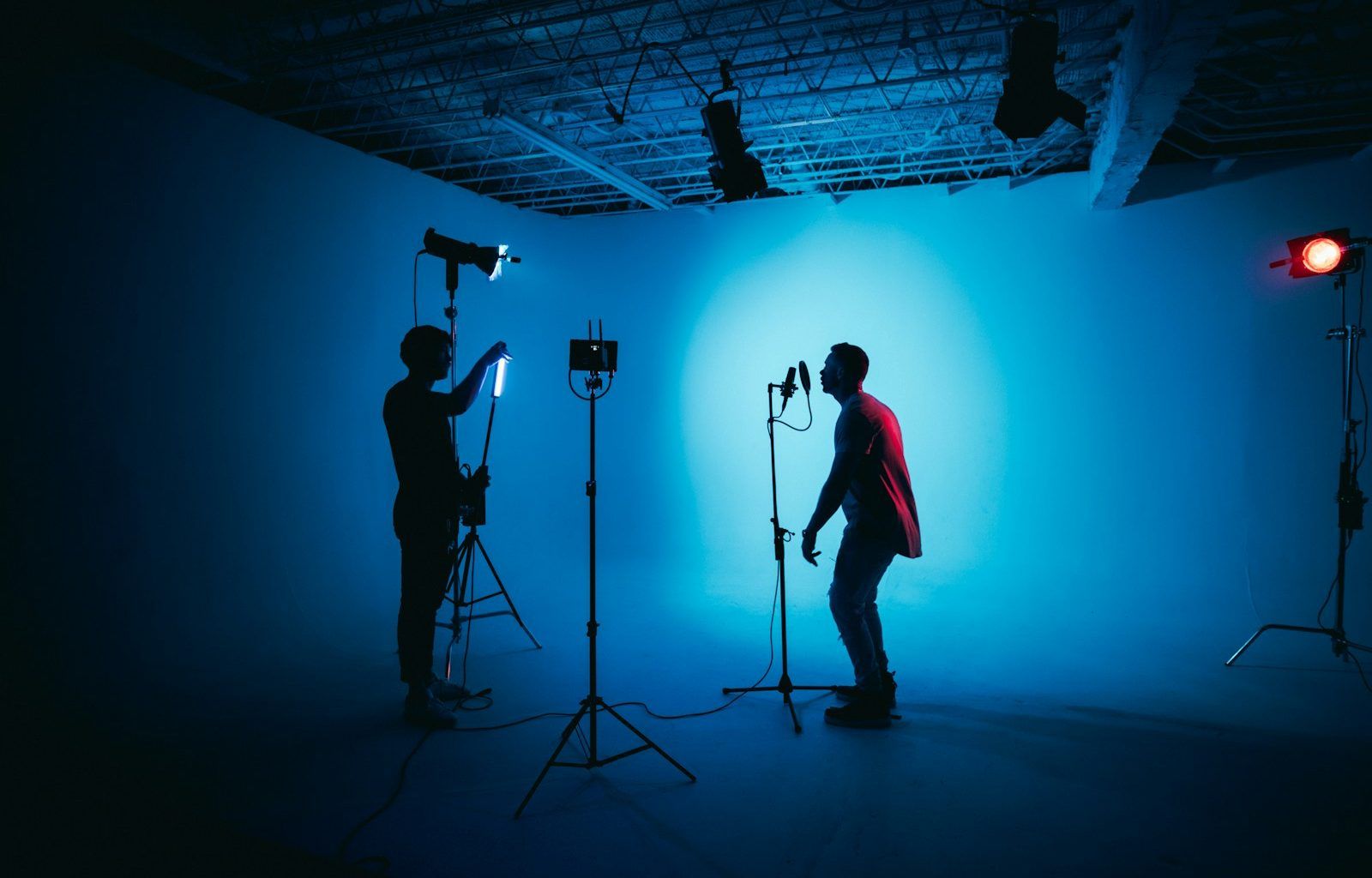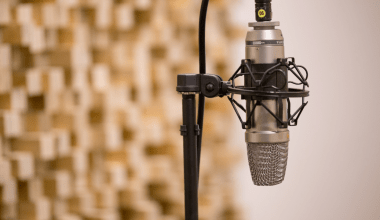Have you ever dreamed of having your own music studio set? A personal space to unleash your creativity and bring your musical ideas to life? Whether you’re a budding musician, a seasoned producer, or simply someone who loves tinkering with tunes, having a well-organized music studio set can make a world of difference.
In this guide, we’ll walk you through everything you need to know to create a functional and inspiring music studio set. From selecting the right equipment to optimizing your space, we’ve got you covered. Let’s dive in!
Why You Need a Music Studio Set
A music studio set isn’t just a collection of instruments and gadgets; it’s a sanctuary for creativity. Having a dedicated space for music allows you to focus entirely on your craft without distractions. It also ensures you have all the tools you need within arm’s reach. Plus, let’s be honest—who doesn’t want to feel like a professional in their own space?
Step 1: Choosing the Perfect Space
Before you buy any equipment, start by selecting the right spot for your music studio set. Here are some key considerations:
- Room Size: A larger room allows for better acoustics and more equipment.
- Soundproofing: Ensure the room minimizes outside noise. You can add acoustic panels or heavy curtains to improve sound quality.
- Ventilation: Music gear can heat up a room, so proper ventilation is essential.
Pro Tip: If you don’t have a spare room, a corner in your bedroom or living room can work just fine. Just make sure it’s free from distractions.
Step 2: Essential Equipment for Your Music Studio Set
Building your music studio set starts with the essentials. Here’s what you need:
- Computer: The brain of your studio. Look for a powerful laptop or desktop with ample storage and processing speed.
- Digital Audio Workstation (DAW): Software like Ableton Live, Logic Pro, or FL Studio is crucial for recording and editing music.
- Audio Interface: This device connects your instruments and microphones to your computer. Focusrite Scarlett is a popular choice.
- Microphones: Start with a condenser mic for vocals and an SM57 for instruments.
- Headphones and Monitors: Invest in studio headphones (like the Audio-Technica ATH-M50x) and nearfield monitors for accurate sound.
- MIDI Controller: A MIDI keyboard is great for composing and arranging music.
Remember, you don’t need to buy everything at once. Start small and upgrade as you go.
Step 3: Setting Up Your Music Studio Set
Now that you have your gear, it’s time to set it up:
- Desk Setup: Arrange your computer, audio interface, and MIDI controller ergonomically.
- Speaker Placement: Position your monitors at ear level and form an equilateral triangle with your listening position.
- Cable Management: Use cable ties or sleeves to keep wires tidy and avoid tripping hazards.
- Acoustic Treatment: Place bass traps in corners and panels on walls to reduce echo and improve sound.
Transition Tip: Take breaks during setup to test your gear. This ensures everything works perfectly as you go.
Step 4: Personalizing Your Music Studio Set
Your music studio set should reflect your personality and style. Here are some ways to add a personal touch:
- Lighting: Use LED strips or smart lights to create a vibe.
- Decor: Hang posters of your favorite artists or display memorabilia.
- Comfort: Add a comfy chair and maybe even a couch for guests or brainstorming sessions.
Step 5: Tips for Using Your Music Studio Set Effectively
Having a music studio set is just the beginning. To make the most of it:
- Stay Organized: Keep your space clutter-free.
- Learn Your DAW: Mastering your software will save you time and frustration.
- Experiment: Don’t be afraid to try new sounds and techniques.
- Collaborate: Invite other musicians over for jam sessions.
Troubleshooting Common Issues
Every music studio set faces challenges. Here’s how to tackle them:
- Latency Issues: Adjust your buffer size in the DAW settings.
- Unwanted Noise: Check cables for wear and ensure all connections are secure.
- Creative Blocks: Change your environment or take a break to recharge.
Conclusion
Creating your music studio set is an exciting journey that’s worth every effort. With the right planning, equipment, and a touch of creativity, you can build a space that inspires endless musical possibilities. Remember, it’s not about having the fanciest gear—it’s about making music that resonates with you.
For further reading, explore these related articles:
For additional resources on music marketing and distribution, visit DMT Records Private Limited.






